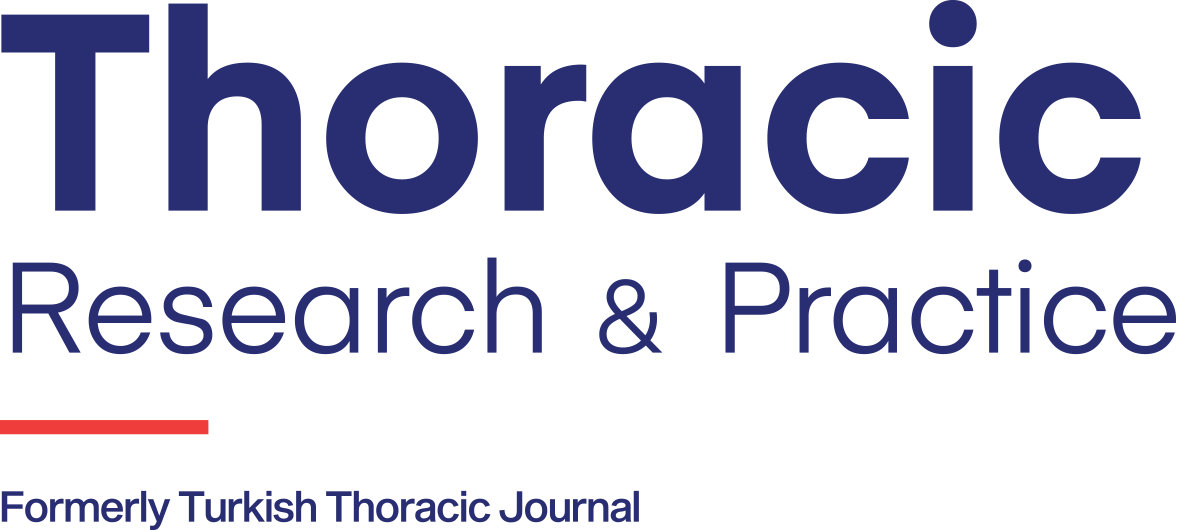Abstract
Abstract
Upper extremity deep-vein thrombosis (UEDVT) has been reported to be a more benign and uncommon disease than lower extremity deep-vein thrombosis. The main risk factors for the devolepment of UEDVT were central venous lines, malignancy, hypercoagulation state, trauma, radiation, thoracic outlet syndrome, intravenous drug abuse and peripher - al venous lines. Sixteen patients with UEDVT (10 female and 6 male, mean age: 49±14, range: 22-69 years) were admitted to the hospital between January 1999 and April 2001, evaluated prospectively to identify risk factors and to establish the frequency of pulmonary embolism. The diagnosis of UEDVT was confirmed by clinical signs, color flow Doppler imaging and venography. All patients had underlying diseases. Risk factors of the patients for the development of UEDVT were peripheral venous lines in five, central venous line in four, long lasting vigorous cough in one, tho - racic outlet syndrome in one, electric injury to arm and shoulder in one, malignancy in six, protein S deficiency in two and protein C deficiency in one (five patients had multifactoriel etiology). UEDVT was left sided in eleven and right to sided in five patients. Duration of symptoms varies between 1 and 30 days. Edema of the upper extremity was the most common complaint in all patients followed by pain in the arm or around the shoulder. Eight patients with UEDVT (50%) developed pulmonary embolism. All patients were treated initially with intravenous heparin infusion followed by oral warfarin. Six patients (38%) died from their primary diseases and another four (25%) developed postphelebitic syndrome and one patient died from pulmonary embolism. Our results suggest that UEDVT is not as benign as previ - ously reported and prognosis is closely associated with the underlying disease.



